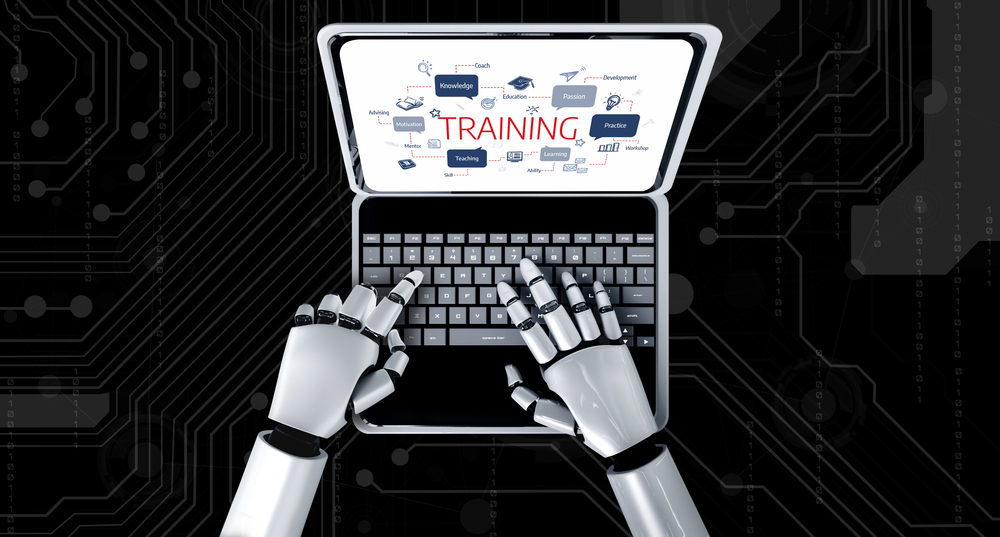
"In 2025, three federal courts finally confronted a question that had hovered over artificial intelligence for years: can machines legally learn from copyrighted works? Each opinion-Thomson Reuters v. Ross Intelligence, Bartz v. Anthropic, and Kadrey v. Meta Platforms-applied the four-factor fair-use test under 17 U.S.C. §107 to large-scale model training. Together, they form the first real framework for evaluating how copyright interacts with machine learning."
"The results point toward a single principle: when AI training reproduces a copyrighted work's market function, it fails fair use. When the training is analytical-using works as data rather than expression-it passes. The following cases mark where courts are now drawing that line. 1. Ross Intelligence: Copying to Compete In Thomson Reuters v. Ross Intelligence (D. Del. 2025), Westlaw accused Ross of using its headnotes and key-number system to train a competing legal-research AI. Ross's contractor, LegalEase, created more than 25,000 "Bulk Memos" built from Westlaw content. Those memos became Ross's training corpus, allowing its AI to return results that mimicked Westlaw's summaries and topic hierarchy."
In 2025, three federal courts applied the four-factor fair-use test under 17 U.S.C. §107 to large-scale model training in Thomson Reuters v. Ross Intelligence, Bartz v. Anthropic, and Kadrey v. Meta Platforms. The courts drew a line between reproducing a work's market function and using works analytically as data. Training that recreates a copyrighted work's purpose or competes with its market fails fair use. Training that extracts information, patterns, or non-expressive data from works without supplanting their market function tends to satisfy fair-use factors. Ross involved copying Westlaw headnotes to build a competing legal-research product.
Read at IPWatchdog.com | Patents & Intellectual Property Law
Unable to calculate read time
Collection
[
|
...
]